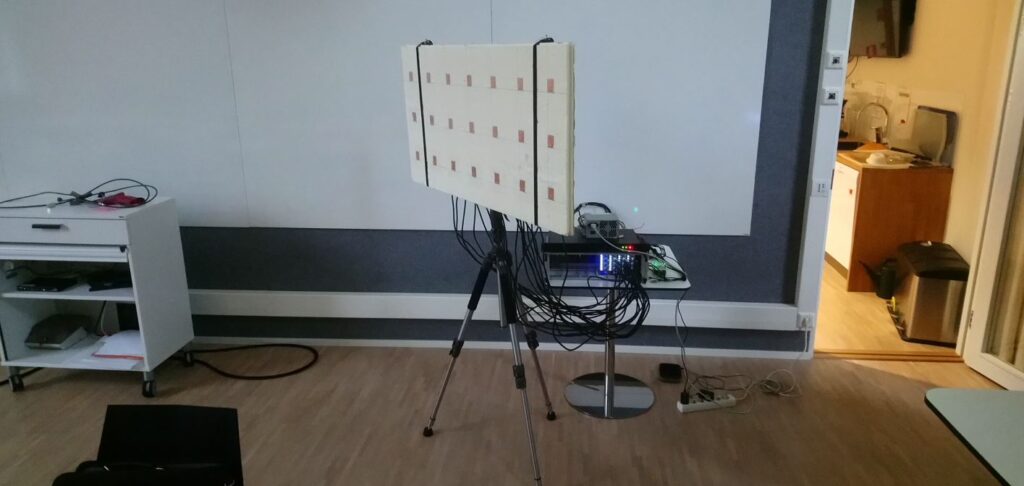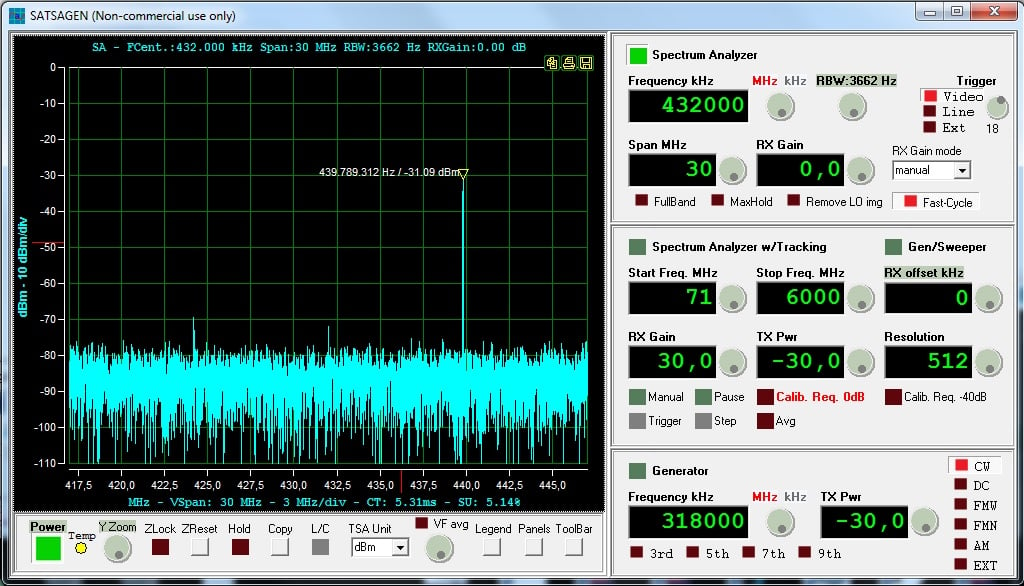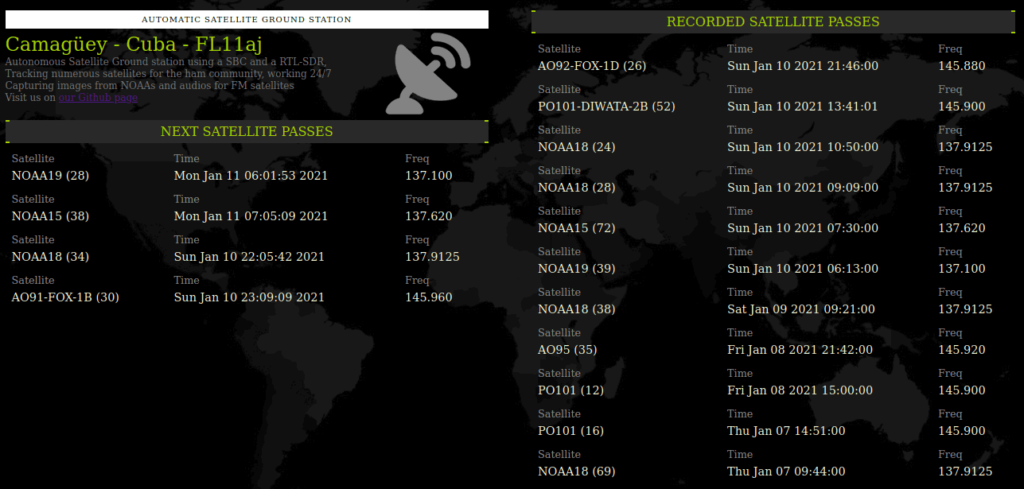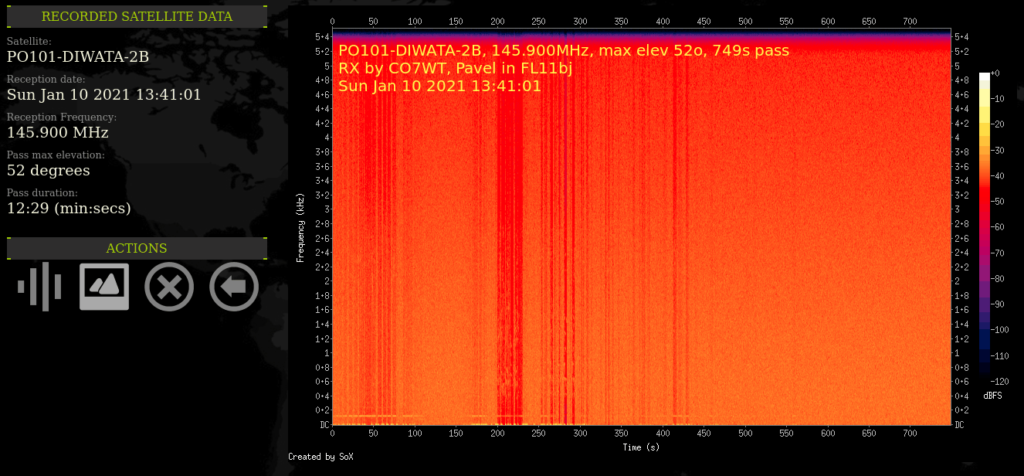SDRSharp Upgraded to .NET5 with New Plugin SDK For Developers
The popular SDR# (SDRSharp) software has recently been updated to version 1788, and now runs on the .NET5 SDK. Most of the upgrades are behind the scenes, but generally the new version appears to be more memory efficient and loads faster. The new version also brings more theme and layout customizations and as explained further below an improved plugin SDK for developers.
In order to install the latest version you will need to download .NET5 runtime from Microsoft which may not already be on your system. For RTL-SDR users you can then run install-rtlsdr.bat then start the software as usual.
Check the latest and greatest @dotnet 5 release candidate of #sdrsharp with full support of the new and legacy plugins, themes, no themes, Windows, Linux/Wine, Mac/Wine. #airspy https://t.co/RE0CSqjpaQ pic.twitter.com/5iXrCGlfmj
— prog (@lambdaprog) February 3, 2021
One of the most exciting new developments is the new .NET 5 plugin SDK that is now available. This allows third party developers to easily code up plugins for SDR#. While a plugin SDK already existed before, the new version appears to make development much simpler, and also comes with a few examples to help get developers started quickly. The result is that we should start to see more plugins appearing in the future with more features.

One plugin called Scytale-C for Inmarsat STD-C channel decoding has already been updated to the new SDK. The developer notes that the plugin now works great with the SDR# "slicer" feature, which allows users to decode multiple STD-C signals within the received bandwidth at the same time.
We've also recently seen reports of Twitter users having success with running this new SDR# version on WINE under Linux. Unfortunately direct USB still doesn't work under WINE, but it would still function via SpyServer or rtl_tcp.




